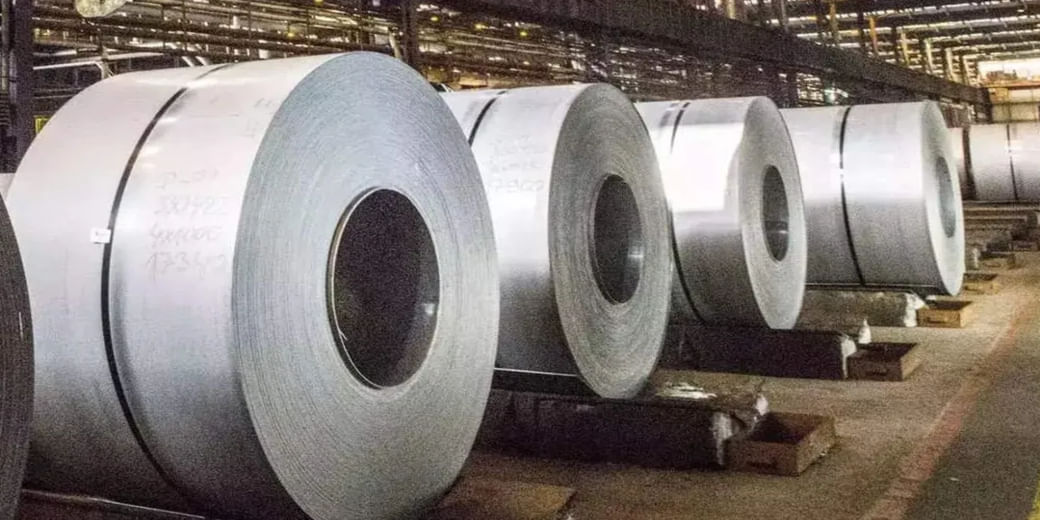Among top 5, India only steel maker to produce more in April
There has been a growth in steel production in India, while the US, Russia, China and Japan have witnessed decline in output by as much as 7%

Like power, the consumption of steel is often considered an indicator of the state of economic activity of a country. In April, among the top five steel producers in the world, India is the only one that has recorded a rise in production.
According to a report in The Economic Times, there has been a growth in steel production in India, while the US, Russia, China and Japan have witnessed decline in output by as much as 7%.
The steepest fall has happened in China, which is the world’s largest producer of steel. Production of this vital economic input in China declined more than 7% on year to reach 85.9 million tonne. Statistics from the World Steel Association revealed that the cumulative production in China between January and April 2024 declined 3% compared to the same period a year ago to touch 343.7 million tonne.
In contrast, production in India rose 3.6% in April to reach 12.1 million tonne. Between January and April this year, India recorded 8.5% growth in production with a cumulative quantity of 49.5 million.
India is the world’s second largest producer.
In April steel output in Japan, the US and Russia came down between 2% and 6% compared to the same month in 2023. Their production has also dropped during the January-April window.
Explaining the contrast between the top steel producing nations, director for research of CRISIL Market Intelligence and Analytics, Sehul Bhatt said, “High interest rates and inflation have culled demand from steel-consuming sectors in the western world. In 2023, crude steel production growth was flat on-year. It is expected to be rangebound in 2024.”
Incidentally, 6 lakh tonne of steel were imported into India from China in January-March quarter. This figure was higher than the import figure in 2023 by as much as 60%. It also impacted the March quarter earnings of most steel-makers in India by influencing their selling price.
“Globally, steel prices are under pressure because of sluggish demand. This has also kept prices in India under check so far. While this is not a good tiding for steel mills, weak iron ore and coking coal prices since February are supportive for their profit margins,” Bhatt of CRISIL told the newspaper.
Prices of hot-rolled steel coils are often used as a benchmark. Their prices went down by about 10% in the January-March quarter (y-o-y). In the recent weeks, however, the prices are inching up northwards.
Download Money9 App for the latest updates on Personal Finance.
Related
- मैक्सिको के 50 फीसदी टैरिफ पर सरकार ने शुरू की बातचीत; जल्द समाधान की उम्मीद
- इंडो- US ट्रेड डील में पहले हट सकती है पेनाल्टी, रिपोर्ट में दावा
- रुपये ने फिर बनाया ऑल टाइम लो, जानें क्या है वजह
- बैंक कस्टमर के लिए बड़ी खबर, RBI हटाएगा ओवरलैप फीस,
- मैक्सिको ने अपनाई US जैसी पॉलिसी, 1400 से ज्यादा प्रोडक्ट लगाया भारी टैरिफ
- SpiceJet विंटर सीजन में जोड़ेगी 100 नई फ्लाइट्स! Indigo के कटे रूट्स का करेंगी भरपाई

